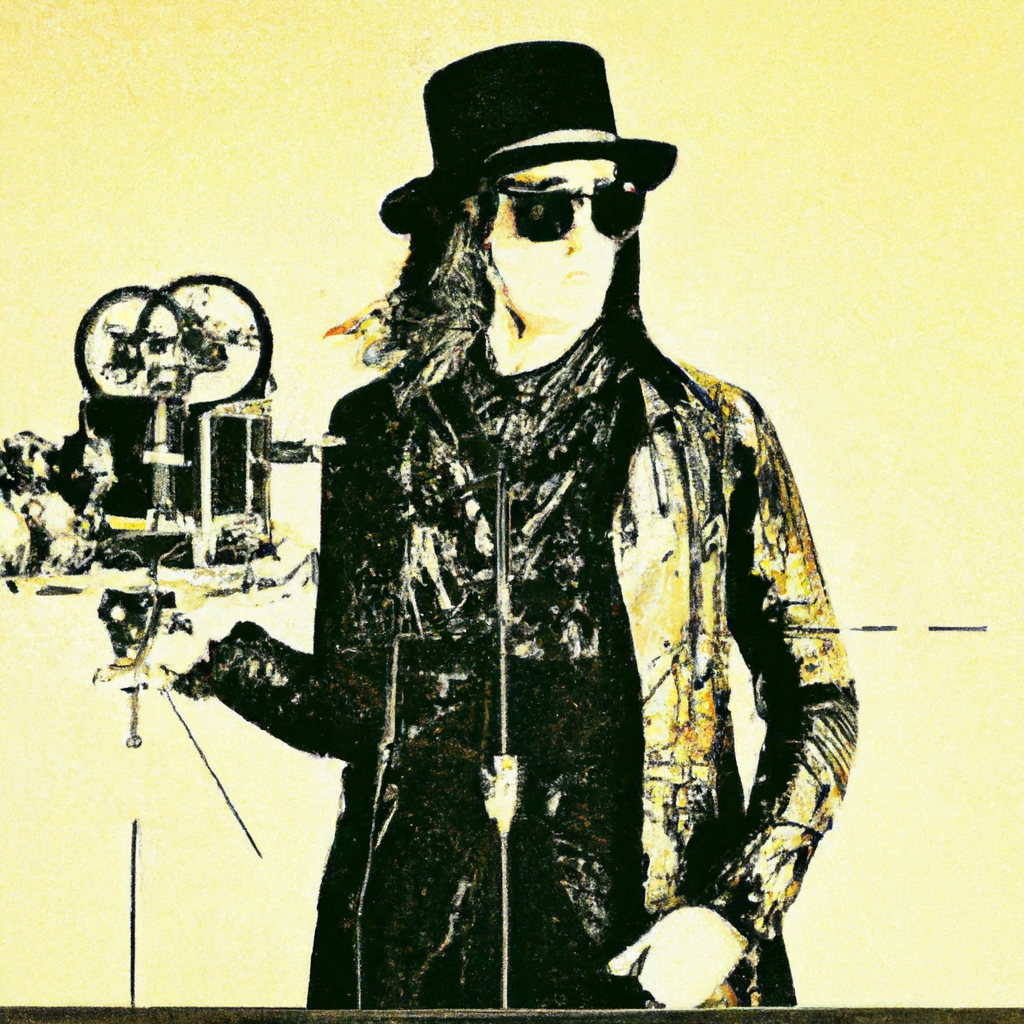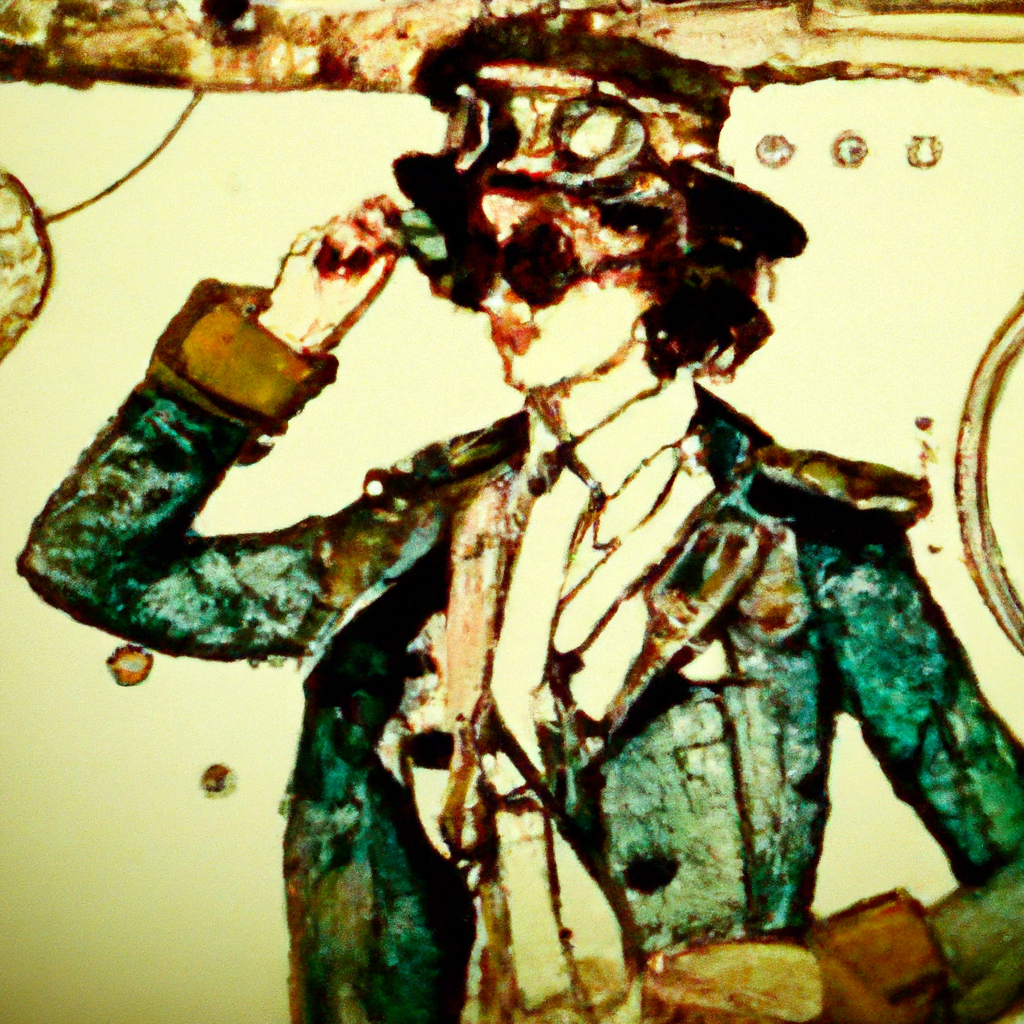
Exploring Steampunk Illustration: Blending Victorian Era with Technology

Steampunk, a subgenre of science fiction and fantasy, has gained significant popularity in recent years. It is characterized by its unique blend of Victorian aesthetics and steam-powered technology. Steampunk illustration, in particular, has emerged as a captivating art form that combines the elegance of the Victorian era with the imaginative possibilities of technology. In this article, we will delve into the world of steampunk illustration, exploring its origins, key elements, and the artists who have mastered this captivating style.
The Origins of Steampunk Illustration
Steampunk as a genre originated in the 1980s, drawing inspiration from the works of authors such as Jules Verne and H.G. Wells. It imagines an alternative history where steam power remained the dominant source of energy, leading to a world filled with intricate machinery, clockwork mechanisms, and fantastical inventions.
Steampunk illustration emerged as a visual representation of this alternate reality. Artists began to create intricate drawings and paintings that depicted Victorian-inspired landscapes, airships, mechanical contraptions, and characters adorned with gears, goggles, and corsets. These illustrations captured the essence of the steampunk genre, combining the elegance of the Victorian era with the excitement of technological advancements.
The Key Elements of Steampunk Illustration
Steampunk illustration incorporates several key elements that define its unique style. These elements include:
- Victorian Aesthetics: Steampunk illustration often features elaborate Victorian architecture, fashion, and design. Artists pay meticulous attention to detail, capturing the ornate beauty of the era.
- Industrial Machinery: The presence of steam-powered machinery is a hallmark of steampunk illustration. Artists depict intricate gears, cogs, and machinery, showcasing the fascination with technology prevalent in the genre.
- Imaginative Inventions: Steampunk illustrations often showcase fantastical inventions that could have existed in an alternate Victorian era. These inventions range from airships and submarines to mechanical limbs and time machines.
- Adventure and Exploration: Steampunk illustration frequently portrays characters engaged in daring adventures and exploration. These illustrations capture the spirit of exploration prevalent during the Victorian era.
Artists and Their Contributions
Several talented artists have made significant contributions to the world of steampunk illustration. Let’s explore the work of a few notable artists:
1. Brian Kesinger
Brian Kesinger is a renowned artist known for his steampunk-inspired illustrations. He gained recognition for his work on the animated film “Atlantis: The Lost Empire” and has since created a vast collection of steampunk artwork. Kesinger’s illustrations often feature whimsical characters, intricate machinery, and a touch of nostalgia.
2. James Ng
James Ng is a Malaysian-born artist who has made a name for himself in the steampunk community. His illustrations blend Asian and Victorian influences, creating a unique fusion of cultures. Ng’s artwork often features fantastical inventions and intricate details that transport viewers into a world of wonder.
3. Claire Hummel
Claire Hummel is an artist known for her meticulous attention to historical accuracy in her steampunk illustrations. She combines her love for history with the steampunk aesthetic, creating stunning artwork that captures the essence of the Victorian era. Hummel’s illustrations often feature strong female characters and intricate period costumes.
The Influence of Steampunk Illustration
Steampunk illustration has had a significant influence on various forms of media and entertainment. Its unique blend of Victorian aesthetics and technology has captured the imagination of many, leading to its incorporation in films, video games, and fashion.
One notable example of steampunk’s influence is the film “The City of Lost Children.” Directed by Jean-Pierre Jeunet, the film features a visually stunning steampunk-inspired world filled with intricate machinery and fantastical inventions. The film’s success helped popularize the steampunk aesthetic and brought it to a wider audience.
Steampunk illustration has also found its way into the world of video games. The critically acclaimed “Bioshock Infinite” features a steampunk-inspired city in the sky called Columbia. The game’s art direction, heavily influenced by steampunk illustration, immerses players in a visually stunning and atmospheric world.
Furthermore, steampunk fashion has gained popularity, with enthusiasts incorporating elements of steampunk illustration into their clothing and accessories. Corsets, goggles, and pocket watches have become iconic symbols of the steampunk aesthetic, reflecting the influence of steampunk illustration on fashion trends.
Conclusion
Steampunk illustration offers a captivating blend of Victorian elegance and technological imagination. Its unique style has captured the imagination of many, leading to its incorporation in various forms of media and entertainment. Artists like Brian Kesinger, James Ng, and Claire Hummel have made significant contributions to the genre, creating stunning illustrations that transport viewers into a world of wonder.
As steampunk continues to evolve and gain popularity, it is clear that its influence will continue to be felt in the realms of art, film, fashion, and beyond. The allure of blending the Victorian era with technology is a testament to the enduring appeal of steampunk illustration.
